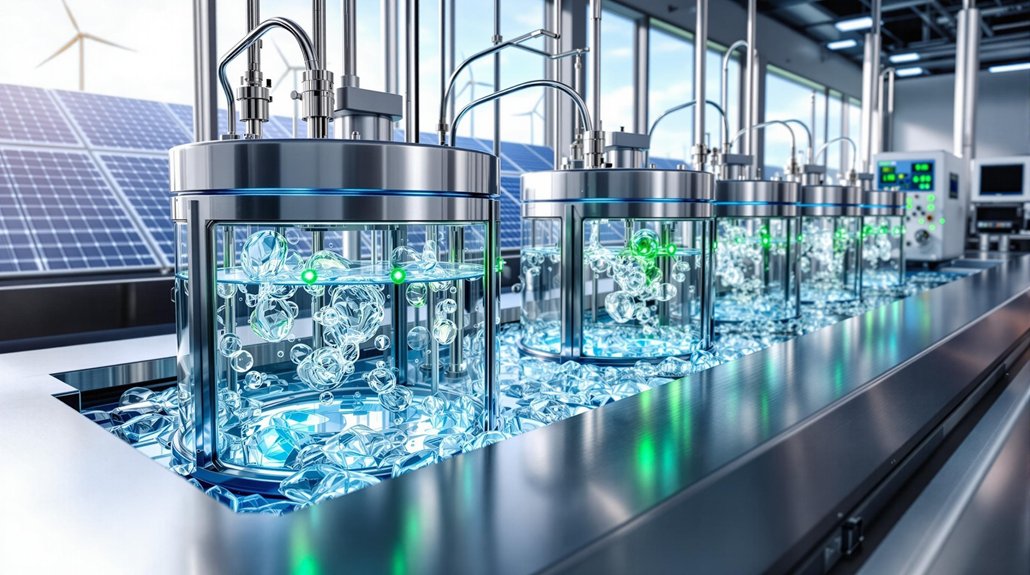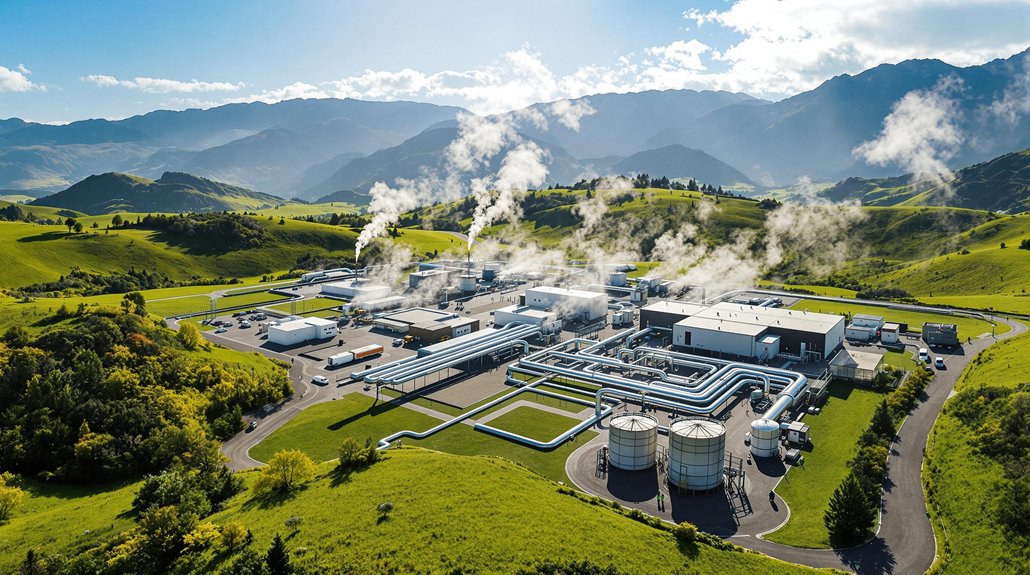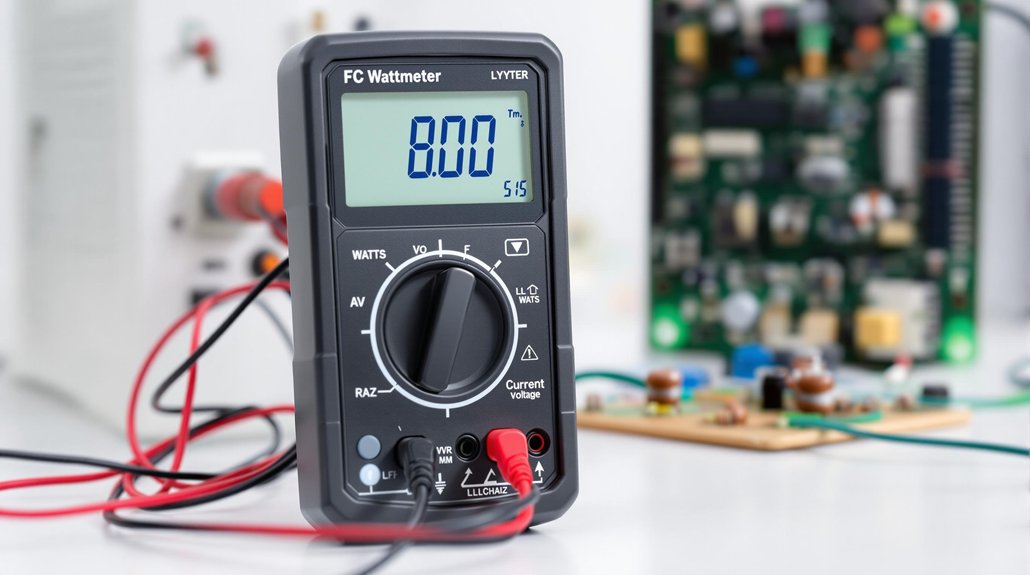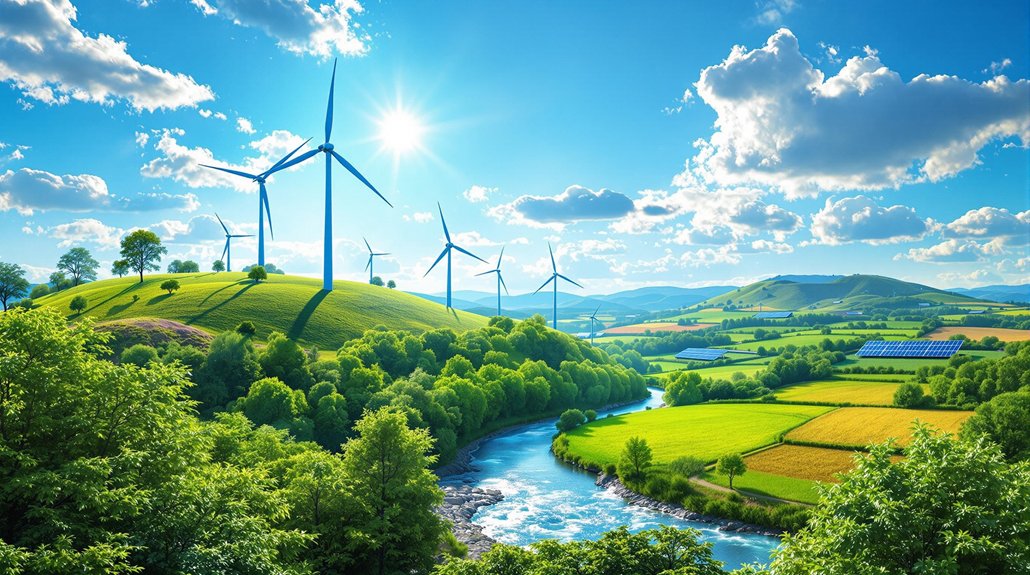Hydrogen fuel is produced primarily through Steam Methane Reforming (SMR), which uses natural gas but creates significant carbon emissions. Cleaner alternatives include electrolysis, which splits water using electricity and produces “green hydrogen” when powered by renewables. Other methods include coal gasification, biomass processing, and experimental techniques like photobiological production. While SMR dominates today’s production due to lower costs, the industry is shifting toward more sustainable approaches as technology improves and environmental concerns grow.
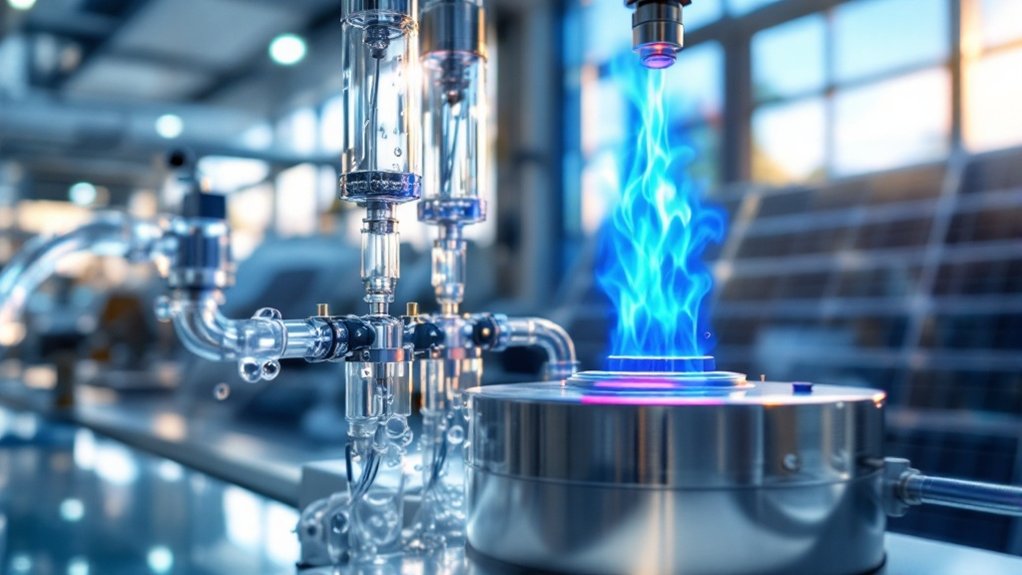
While many people talk about hydrogen as a clean fuel of the future, few understand how it’s actually made. Hydrogen doesn’t exist alone in nature – it must be separated from other elements through various production methods, each with different environmental impacts.
The most common way to make hydrogen today is called Steam Methane Reforming (SMR). This process uses natural gas and very hot steam (700-1000°C) to create hydrogen. SMR is cheap but not very green since it produces 7-12 kg of carbon dioxide for every kg of hydrogen made. About 95% of all hydrogen comes from this method. Hydrogen produced through this method has high leakage rates, with estimates ranging from 1% to 20% across the value chain.
Steam Methane Reforming dominates hydrogen production despite creating 7-12 kg of CO₂ for every kg of hydrogen produced.
A cleaner option is electrolysis, which uses electricity to split water into hydrogen and oxygen. When powered by renewable energy like solar or wind, this creates “green hydrogen” with no harmful emissions. While more expensive than SMR, costs are falling as technology improves. The hydrogen from electrolysis is very pure, making it perfect for fuel cells. The current costs for hydrogen production through electrolysis range from 3-8 dollars per kilogram, significantly higher than fossil fuel-based methods.
Coal gasification is an older method that heats coal to make hydrogen. It creates more pollution than SMR and is becoming less popular as cleaner alternatives develop. A similar process called biomass gasification uses plant material instead of coal and can be carbon-neutral if the biomass is grown sustainably.
Scientists are developing several new hydrogen production methods. Thermochemical water splitting uses extreme heat from nuclear or concentrated solar power to trigger chemical reactions that produce hydrogen. Unlike hydrogen, geothermal energy offers a small land footprint while providing consistent power generation.
Photobiological production employs algae or bacteria to make hydrogen through natural processes. Another approach, photoelectrochemical water splitting, uses special materials that create hydrogen directly from sunlight and water.
As the world seeks cleaner energy sources, hydrogen production methods are evolving. While SMR dominates today’s market, greener technologies like renewable-powered electrolysis are gaining ground. The future of hydrogen fuel will likely depend on which production methods can deliver clean hydrogen at affordable prices.
Frequently Asked Questions
How Much Does Hydrogen Fuel Production Currently Cost?
Hydrogen fuel production costs vary widely based on the method used.
Grey hydrogen costs $0.98-$2.93 per kg, blue hydrogen ranges from $1.8-$4.7 per kg, while green hydrogen is the most expensive at $4.5-$12 per kg.
Costs differ by region, with China currently dominating manufacturing capacity.
Experts predict significant price drops by 2030, with green hydrogen potentially reaching cost parity with grey hydrogen in many regions.
What Are the Safety Concerns With Hydrogen Fuel?
Hydrogen fuel presents several safety challenges.
It’s highly flammable with an invisible flame and ignites easily. Storage requires high-pressure tanks that could rupture. The small molecule size increases leak risks, while liquid hydrogen can cause severe frostbite.
Explosions are possible if hydrogen accumulates in confined spaces.
Safety measures include specialized leak detection systems, proper ventilation, and regular equipment inspection.
Industry regulations mandate strict handling protocols for personnel.
Can Hydrogen Be Produced at Home or Small-Scale?
Small-scale hydrogen production is possible using home electrolyzers powered by solar panels or wind turbines.
DIY setups using basic materials can produce small amounts of hydrogen. However, these systems face challenges including high equipment costs, low production volumes, and safety concerns with storage.
Residential hydrogen can power fuel cells, serve as energy storage, or provide backup electricity.
Local regulations may restrict home hydrogen production in some areas.
How Is Hydrogen Fuel Transported and Stored?
Hydrogen fuel is transported through pipelines, specialized trucks, and ships.
For storage, companies use high-pressure tanks at 350-700 bar or cryogenic tanks that keep hydrogen in liquid form at -253°C.
Underground options include salt caverns and depleted oil fields.
Researchers are developing materials-based storage using metal hydrides and carbon nanotubes.
Each method balances energy density, safety concerns, and transportation costs.
Which Countries Lead Hydrogen Fuel Production and Infrastructure Development?
China leads global hydrogen production with 24 million tonnes annually, followed by the United States.
For infrastructure, China has built 354 hydrogen refueling stations, while Japan operates 167 public stations.
Germany plans to expand from 100 to 400 stations by 2025.
Australia, Chile, and Spain have ambitious hydrogen strategies, with Australia aiming to produce the world’s cheapest green hydrogen by 2030.
